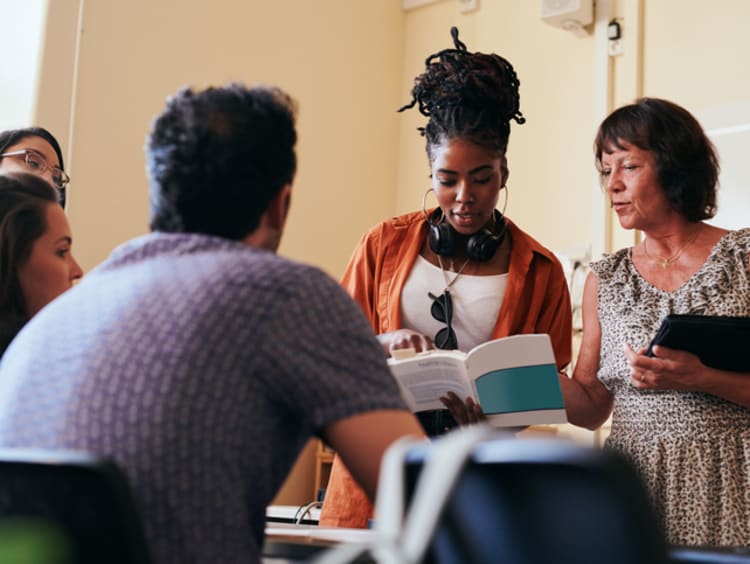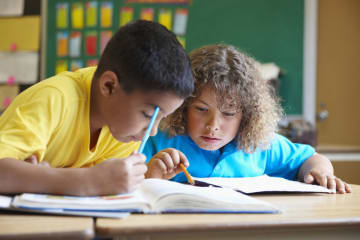Teaching Tuesday: Restorative Justice and the Role of Communities

The role of community in establishing a shift towards restorative justice can be likened to the phrase, “It takes a village to raise a child.” For restorative justice to infiltrate a community and be practiced by all constituents in the community, a paradigm shift in conflict resolution needs to occur.
Paradigm Shift
Historically, when a person commits a wrongdoing there are consequences. For example, if someone is caught cheating, they may face consequences ranging from receiving a failing grade up to getting suspended or expelled from school. This could prevent a person from being motivated to attend school or from pursuing future education opportunities.
From a restorative justice perspective, the teacher, family members and administrators, along with the student, would meet to review the actions that led to the student cheating and discuss the impact on the student as well as on others. Then the student would be guided in exploring ways to restore the harmful effects of cheating. For a paradigm shift to occur, the community would have to change perceptions from a punitive system to one where the individual who has committed the harm is held accountable in restoring relationships and damages done from the harm.
Community Investment
When a community begins to commit to restorative justice, a positive ripple effect can be seen. This emerges when the likelihood of creating contributing members to the community increases. By allowing opportunities for open dialogue, individuals and community empowerment are strengthened. For example, when community centers, preschools and daycares, approach discipline from a restorative justice lens, children and youth witness consistency across the board on addressing discipline-related issues with understanding. With this collaborative approach, students are more likely to be engaged in becoming productive and contributing members of their community.
Training and Education
For families to be active supporters of restorative justice, it is critical that schools and educators provide training. Educators can collaborate with community leaders and civil organizations, such as restorative justice centers, to provide virtual or in-person trainings. Such trainings can include strategies for using supportive vocabulary and phrases. For example, teaching parents to use “I” statements: When you do (x) I feel (x). When people are coming together to learn about best practices, they are also building a support system among themselves which they can come to rely upon when they need guidance and support. When communities invest human resources in restorative justice and embrace its implementation across the board, a decrease in repeated wrongdoings will occur. Relationships will be strengthened and individuals will flourish and uplift one another.
When communities invest human resources in restorative justice and embrace its implementation across the board, a decrease in repeated wrongdoings will likely occur. Relationships will be strengthened and individuals will flourish as they uplift one another.
Want more? Check out all of the articles from Teaching Tuesday and return each week for a new post. Learn more about Grand Canyon University’s College of Education and our degree programs and join in our efforts to elevate the education profession.
The views and opinions expressed in this article are those of the author’s and do not necessarily reflect the official policy or position of Grand Canyon University. Any sources cited were accurate as of the publish date.


